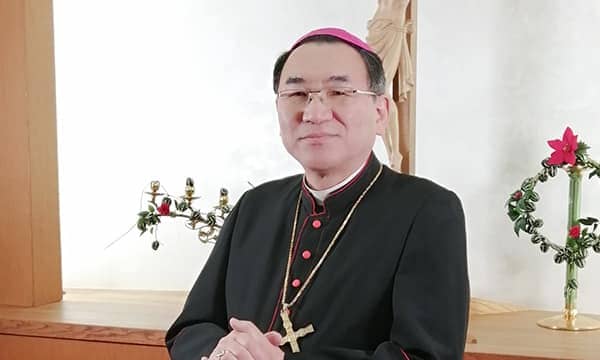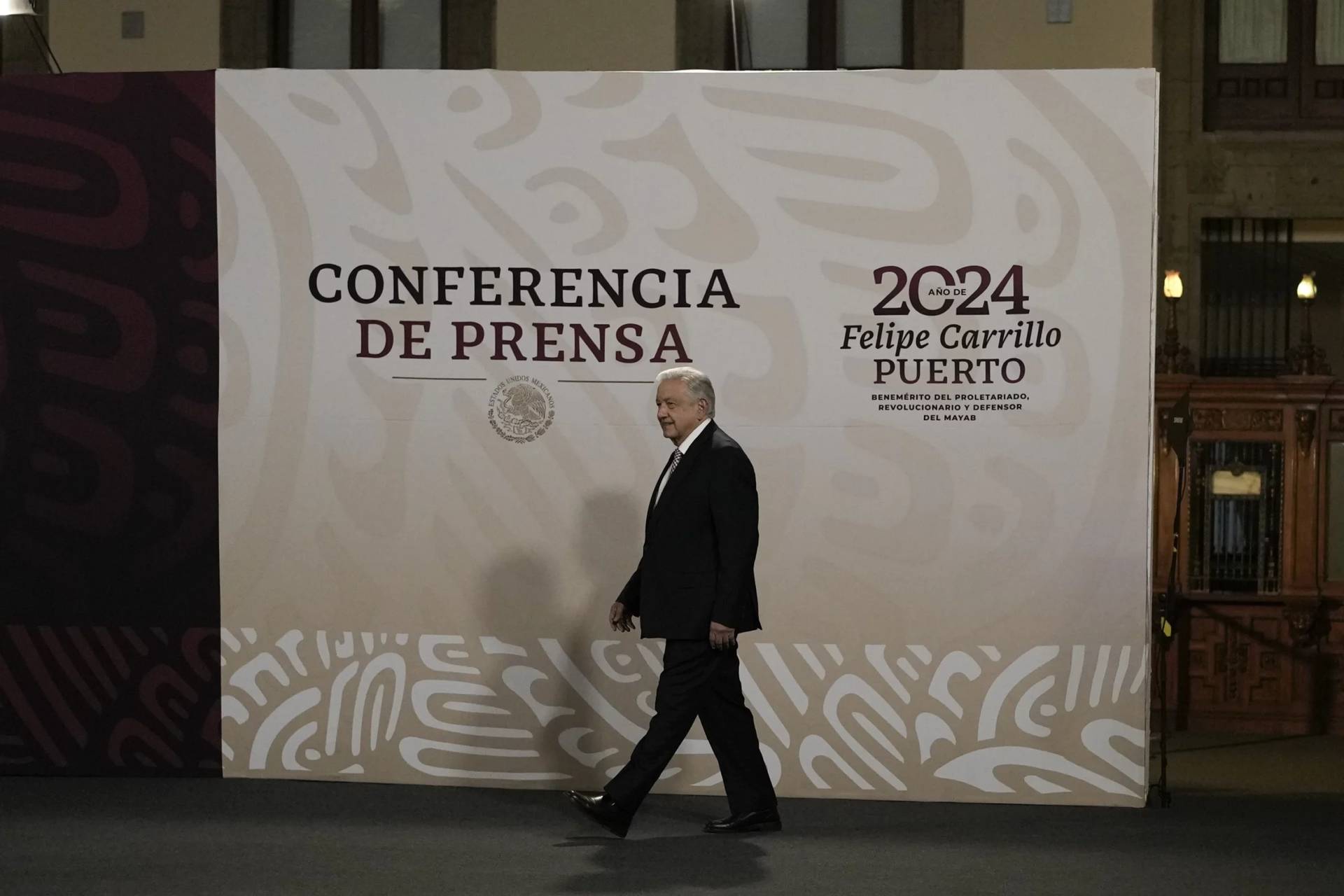ROME – Sunday is the feast of Divine Mercy on the Catholic calendar, and in the context of his jubilee Year of Mercy, Pope Francis pulled out all the stops this year, leading a prayer vigil in St. Peter’s Square Saturday night and then celebrating Mass Sunday morning.
“How many expressions there are of God’s mercy!” Francis said on Saturday.
“This mercy comes to us as closeness and tenderness, and because of this, comes also as compassion and solidarity, as consolation and forgiveness,” he said during a vigil that included personal testimonies and readings of Gospel passages.
Although the Divine Mercy devotion, introduced by a Polish nun named St. Faustina Kowalska in the early 20th century in response to a series of mystical experiences, has become one of the most popular and widespread new spiritual practices in the Church, many people don’t really know how it works.
Kowalska was born in Poland in 1905. She was the third of 10 children, and first expressed her desire to join a convent when she was 14. Her desire became a reality in 1925, when she entered the Congregation of Sisters of Our Lady of Mercy.
She later reported that she soon began to have visions of Jesus, Mary and several saints. It was during one of these visions that she was “instructed” to commission a painting of Jesus based on Divine Mercy, with rays of red and white light coming out from his heart and the signature line, “Jesus, I trust in You.”
Those apparitions are compiled in the 600-pages long “Diary of Saint Maria Faustina Kowalska,” which has since become a best-seller in multiple languages.
In 1959, the Vatican’s doctrinal agency, today known as the Congregation for Doctrine of the Faith but back then called the Holy Office, issued a cease-and-desist order against Faustina’s diary and the devotion to Divine Mercy.
The ban is officially attributed to a faulty translation from Polish into Italian, but there were serious theological reservations, such as Kowalska’s claim that Jesus had promised a complete remission of sin for certain devotional acts that only the sacraments can offer, or what Vatican evaluators felt to be an excessive focus on Kowalska herself.
The text was prohibited for almost 20 years, until 1978. It was Krakow’s Archbishop Karol Wojtyła, later Pope John Paul II, who in 1965 began the process to lift the ban when he launched the beatification process for Kowalska.
It’s been widely written that the original crackdown happened under St. John XXIII, which is technically true. But according to the testimony of his former secretary, Cardinal Loris Capovilla, the decree, as it had been drafted, wanted to formally forbid Catholics to read the diaries and to venerate the image of Divine Mercy.
John XXIII didn’t sign it, convinced he first needed to hear from the Polish bishops. Instead, he signed a provisional decree saying that the devotion should be looked into, and in the meantime it shouldn’t be promoted.
Fast-forward to the year 2000, when Kowalska was declared the first saint of the new millennium by fellow Polish John Paul II.
At the time, he surprised the world by decreeing that the first Sunday after Easter was to be celebrated by Catholics around the world as the Sunday of Divine Mercy, something which, according to the diaries, Jesus had requested.
Either by providence or due to man-made circumstances, John Paul II has since been tied to this date, which varies every year since it’s tied to Easter. He died on the vigil of Divine Mercy on Sunday, April 2, 2005, at the age of 84. He was beatified on Divine Mercy Sunday, 2011, and Francis declared him and John XXIII saints on Divine Mercy Sunday in 2014.
On that occasion, Francis described the Feast of Divine Mercy Sunday as “dedicated to the glorious wounds of the risen Jesus.”
This feast is devoted to works of mercy and forgiveness, but as it was registered in Faustina’s diary, Jesus allegedly said that a person who goes to Confession and receives Communion on this day can obtain the total forgiveness of all sins and remission of all punishment.
After John Paul II approved it the devotion to Divine Mercy grew rapidly, through the veneration of the image, but also through what is known as the “Chaplet of Divine Mercy”, including a novena and a prayer at three o’clock, marking the hour of Jesus death.
The chaplet is prayed with a rosary, but replacing the Our Father and Hail Maries with shorter prayers.
According to the diary, Jesus said to Kowlaska that anyone who says it, “even the most hardened sinner,” will “receive great mercy at the hour of death.”
Francis, dubbed the “Pope of Mercy” long before he instituted a Holy Year dedicated to it, has spoken about the Divine Mercy devotion several times.
For instance, on his way back from Brazil, back in 2013, he said: “This time is a kairos of mercy. John Paul II had this intuition first, when he began with Faustina Kowalska, the Divine Mercy … he had something, he intuited that it was a necessity of this time.”
In the New Testament, the term kairos conjures up a special moment in history when a particular aspect of God’s plan for salvation is unfolding.
















